Contents
- Early History
- Colonial History
- Local Figures & Organizations
- Seth Walchand Hirachand Doshi
- Solapur Education Society
- Post-Independence Era and Contemporary Educational Infrastructure
- Primary & Secondary Education
- Institutions of Higher Learning
- Sangmeshwar College
- Government Polytechnic College
- Walchand Institute of Technology (WIT)
- Chhatrapati Shivaji Night College of Arts & Commerce
- Punyashlok Ahilyadevi Holkar Solapur University
- Prominent Figures & Organizations
- Solapur Social Association
- NGOs and Community-Based Education Efforts
- Snehgram & theAjit Foundation
- Graphs
- Enrollment and Dropout Rate
- A. Student Enrollment Numbers
- B. Student Enrollment (Class-Wise)
- C. Student Enrollment (Gender-Wise)
- D. Student Enrollment (By School Management Type)
- E. Drop Out Rate (By Schooling Level)
- F. Drop Out Rate (By Gender)
- Schools
- A. No. of Schools
- B. No. of Schools (Filtered by Gender Mix)
- C. No. of Schools (By School Management Type)
- Teachers
- A. No. of Teachers
- B. No. of Teachers (By School Management Type)
- C. No. of Teachers (Male vs Female)
- D. Education Level of Teachers
- Sources
SOLAPUR
Education
Last updated on 28 July 2025. Help us improve the information on this page by clicking on suggest edits or writing to us.
Solapur’s educational system follows the broad pattern found across India, with provisions for pre-primary, primary, secondary, and higher education. The foundations of this system were laid in the 19th century, when the introduction of Western-style education began to reshape local schooling. During this time, British administrators and missionary organisations played an active role in establishing early institutions.
However, even as colonial influences expanded, the early 20th century saw local communities step forward to build schools and advocate for wider access to education. This growing awareness continued into the post-independence period, which shaped Solapur’s educational landscape in lasting ways.
Early History
Much of Solapur’s early educational history remains unknown. However, this does not mean that education was completely absent in the district. It is likely that, like many places across Maharashtra, some local systems of learning existed in earlier times.
Figures in Indian tradition often linked with learning and guidance are the sants. The Bhakti movement, in particular, provided an important space for these figures to shape religious and social ideas that continue to resonate today. Solapur’s early history of learning is closely linked to this movement, which spread across Maharashtra during the 13th and 14th centuries. Pandharpur, located in Solapur district, became a key centre of this tradition.
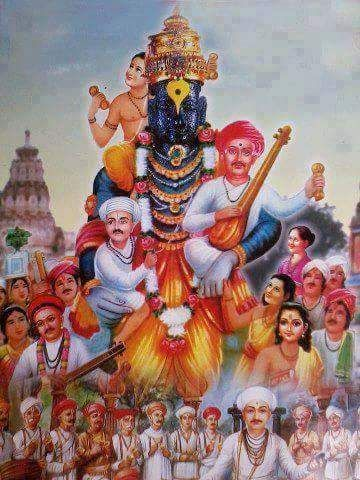
At the Vitthal Mandir in Pandharpur, sants like Dnyaneshwar, Namdev, Chokhamela, Muktabai, and Kanhopatra gathered to share their ideas through songs, abhangas, and kirtans. These gatherings made spiritual and moral teachings accessible to people irrespective of their social position at a time when formal learning was mostly limited to a few.
The Bhakti movement did not set up schools in the modern sense but created spaces where people could learn through collective worship, poetry, and public discourses. This approach is often seen as an early form of the democratisation of knowledge, which brought ideas and learning into daily life and encouraged a sense of equality and community.
Pandharpur’s role in the Bhakti tradition continues to be remembered today, showing how spiritual places often served as spaces for learning and sharing knowledge in the past.
Colonial History
In the 19th century, education in Solapur developed gradually, shaped by administrative changes, local efforts, and the presence of missionary organisations. By 1882–83, the district’s basic educational infrastructure had begun to take shape. According to the district Gazetteer (1977), at that time, Solapur had 176 government schools at that time, enrolling about 7,900 students, and there was roughly one school for every four inhabited villages. This was a notable step forward for rural education in the district. Despite this progress, access remained uneven. Many government schools were noted to have struggled with shortages of trained teachers and materials, and attendance was often irregular. As a result, only a small share of the local population benefited directly from these early schools.
Alongside government initiatives, missionary-run institutions began to appear in the late 19th century. By 1882–83, four missionary schools operated in the district, enrolling 57 students, although daily attendance was low. One notable effort was the founding of a special school for low-caste boys in Solapur town, which was perhaps a relatively uncommon step at the time.
Within Solapur taluka, the schooling network was more developed compared to outlying rural areas. By the early 1880s, the town had ten government schools, including one high school, six Marathi-language schools (five for boys and one for girls), a Hindustani school, and schools for specific groups such as a police school and a jail school.
Interestingly, municipal support for Sanskrit learning also continued during this period, showing that traditional subjects remained valued alongside newer colonial curricula. Solapur also saw some early developments in technical education. Local accounts note that the North Court School of Technical Education, founded in 1855, was the second such institution in the region after Mumbai’s Elphinstone Technical School.
Local Figures & Organizations
While entities from the West played a significant role in shaping the educational landscape of Solapur, local figures and organizations also emerged as key contributors. Many of them established institutions that continue to shape education in the district today, alongside community-led organizations that have played a lasting role in its development.
Seth Walchand Hirachand Doshi
Seth Walchand Hirachand Doshi (1882–1953) was among Solapur’s most influential industrialists and philanthropists. Born into a prominent Digambar Jain family involved in cotton trading and money lending, he completed his early schooling at Solapur Government High School before becoming known for his pioneering work in Indian shipbuilding, aircraft manufacturing, and heavy industry. His ventures helped lay the foundations for what later became Hindustan Shipyard Ltd and Hindustan Aeronautics Ltd (HAL).
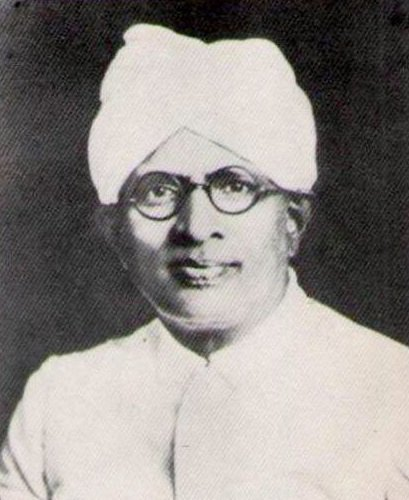
Alongside his industrial work, Walchand contributed significantly to education. He established institutions such as the Walchand Institute of Technology in Solapur, the Walchand College of Engineering in Sangli, and the Walchand Dale Carnegie Finishing School in Bellandur.
In 1940, he supported the founding of a school linked to the Digambar Jain Gurukul in Shaniwar Peth, which preserved traditional learning while introducing modern ideas. Local leaders, including Ramkrishna Habib, Tippanna Ambure, Baburao Homkar, and Vishnupantbuva Dhage, worked alongside him, strengthening Solapur’s educational network.
Walchand’s father, Seth Hirachand Ramchand Gandhi (known locally as Harikaka), also made key contributions. In 1918, Harikaka supported the founding of Haribhai Devkaran Prashala, which expanded schooling options for local children at a time when access remained limited.
Solapur Education Society
The Solapur Education Society was formed in 1931. It started the Solapur English School near Bhagwat Chitra Mandir, and by 1967, the school moved to a larger site in New Budhwar Peth. The Chandak family’s donation of 6.5 acres of land supported this growth, and the institution was renamed S.R. Chandak High School. Over time, it became one of the region’s leading schools.
Post-Independence Era and Contemporary Educational Infrastructure
Following India's independence, the education system in the district underwent major transformations, driven by both state policies and local leadership. The introduction of structured education levels, pre-primary, primary, secondary, and higher education, along with the implementation of National Education Policies, heavily shaped Solapur’s educational landscape. Over the years, the sector expanded with contributions from both government-funded institutions and private organizations. Additionally, the introduction of various educational boards, each offering distinct curricula and standards, provided students with more choices and opportunities.
Primary & Secondary Education
During the colonial period, both public and private efforts in education primarily focused on primary and secondary schooling, as indicated by data from district gazetteers across Maharashtra. Higher education remained underdeveloped in most districts, including Solapur, with gradual improvements over time. While basic infrastructure for primary and secondary education existed, its expansion was closely tied to increasing enrollment and greater involvement of local figures.

Today, this expansion is evident in the widespread presence of schools across various wards of Solapur, with available data reflecting the steady growth of educational institutions in both urban and rural parts of the district.
Institutions of Higher Learning
Perhaps one of the most notable changes in the Solapur educational landscape is tied to the establishment of higher education institutions. While primary and secondary schooling expanded steadily, opportunities for advanced education remained limited for much of the district’s history. Over time, local leaders and organizations played a crucial role in addressing this gap, leading to the creation of several colleges. As a result, many institutions in the district today are privately managed, semi-private, or autonomous.
Sangmeshwar College
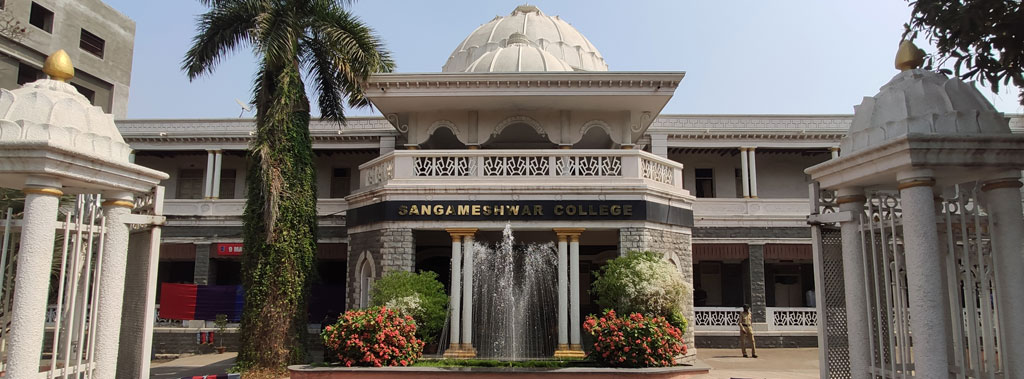
Sangameshwar College was established in 1953 under the leadership of Shri N.B. Kadadi and Shri M.B. Kadadi. Since its founding, the college has prepared students for higher education and contributed to expanding academic opportunities in the region.
Government Polytechnic College
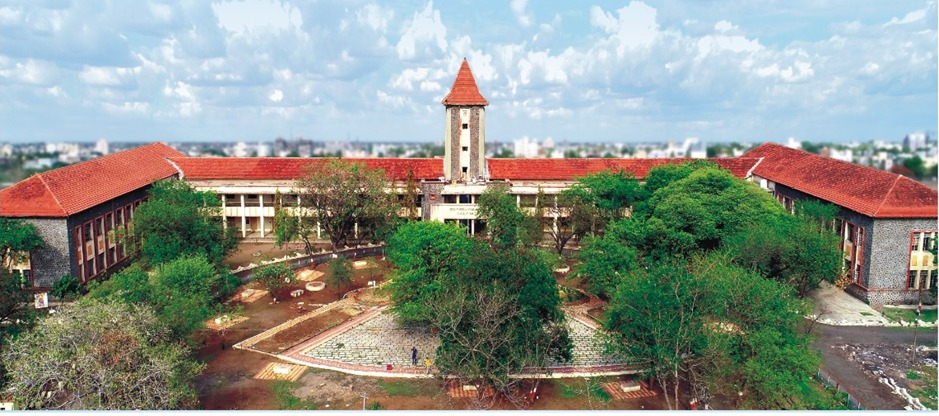
The Government Polytechnic College of Solapur was founded in 1956 and remains one of the district’s main state-run technical institutions. Located on a 33-acre campus, the polytechnic offers diploma courses in engineering and technology. The college has been recognised for its academic work, receiving the ISTE Narsee Monjee Award in 2001 for its overall performance.
Walchand Institute of Technology (WIT)
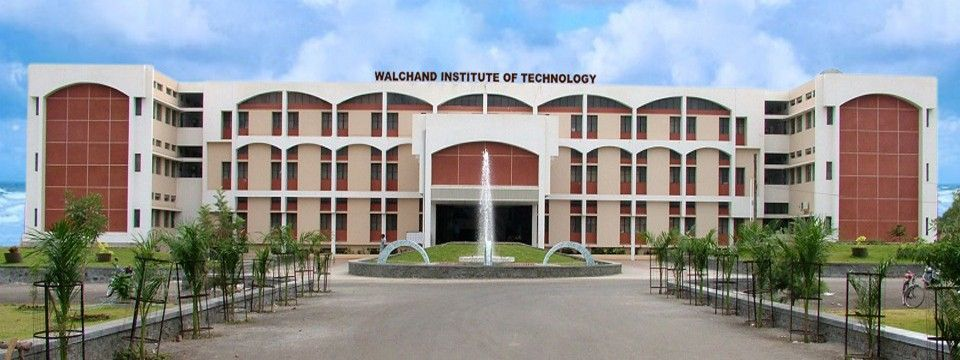
The Walchand Institute of Technology was founded in 1983 and was the first autonomous engineering college in Solapur. Managed by the Shri Aillak Pannalal Digambar Jain Pathashala Trust, WIT offers programmes in production, environmental, and electronics engineering. The institute’s emphasis on quality and industry relevance has made it one of the leading technical colleges in the region.
Chhatrapati Shivaji Night College of Arts & Commerce
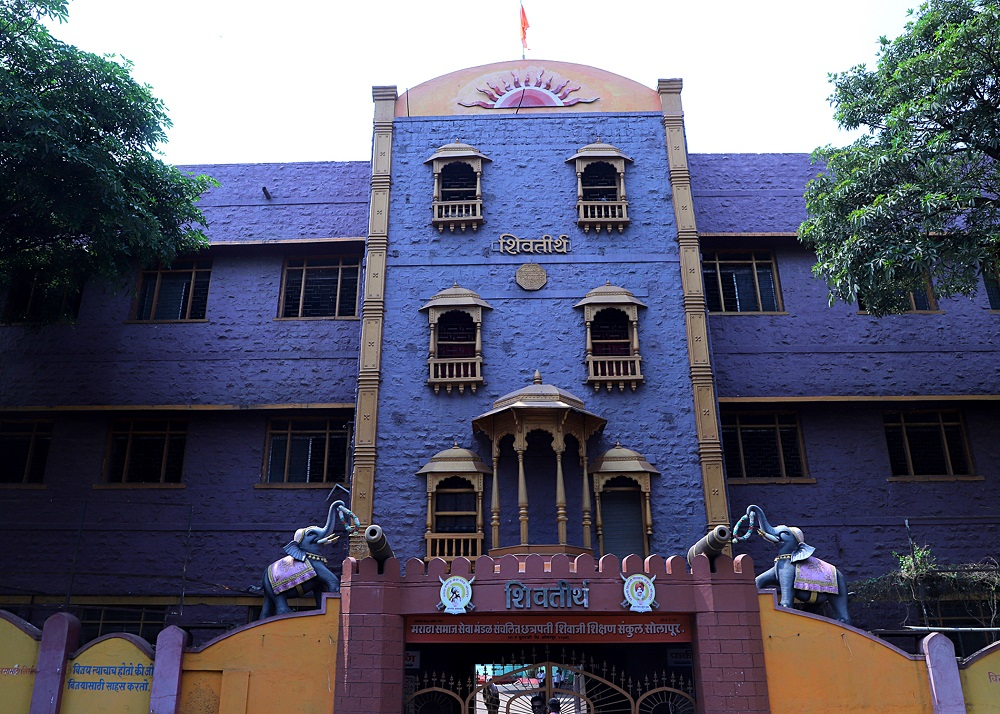
The Chhatrapati Shivaji Night College of Arts & Commerce was established in 1989 in Murarji to provide working professionals with an opportunity to continue their education, and also earn a living simultaneously.
Punyashlok Ahilyadevi Holkar Solapur University
Punyashlok Ahilyadevi Holkar Solapur University was established on 1 August 2004 to provide the district with its own centre for higher education. Before its formation, colleges in Solapur were mostly affiliated with the Shivaji University, Kolhapur.
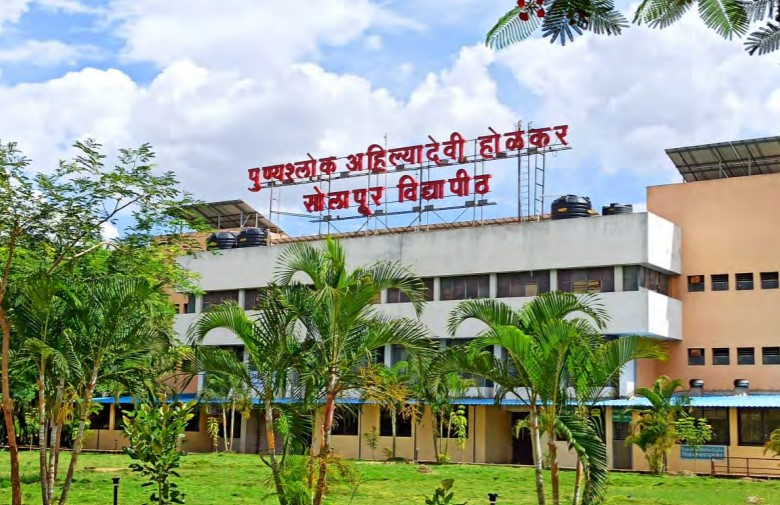
The new university made higher education more accessible within the district and widened the range of courses available locally. Today, it offers programmes in areas such as Computational Sciences, Social Sciences, Health Sciences, and Life Sciences, serving as Solapur’s main university-level institution.
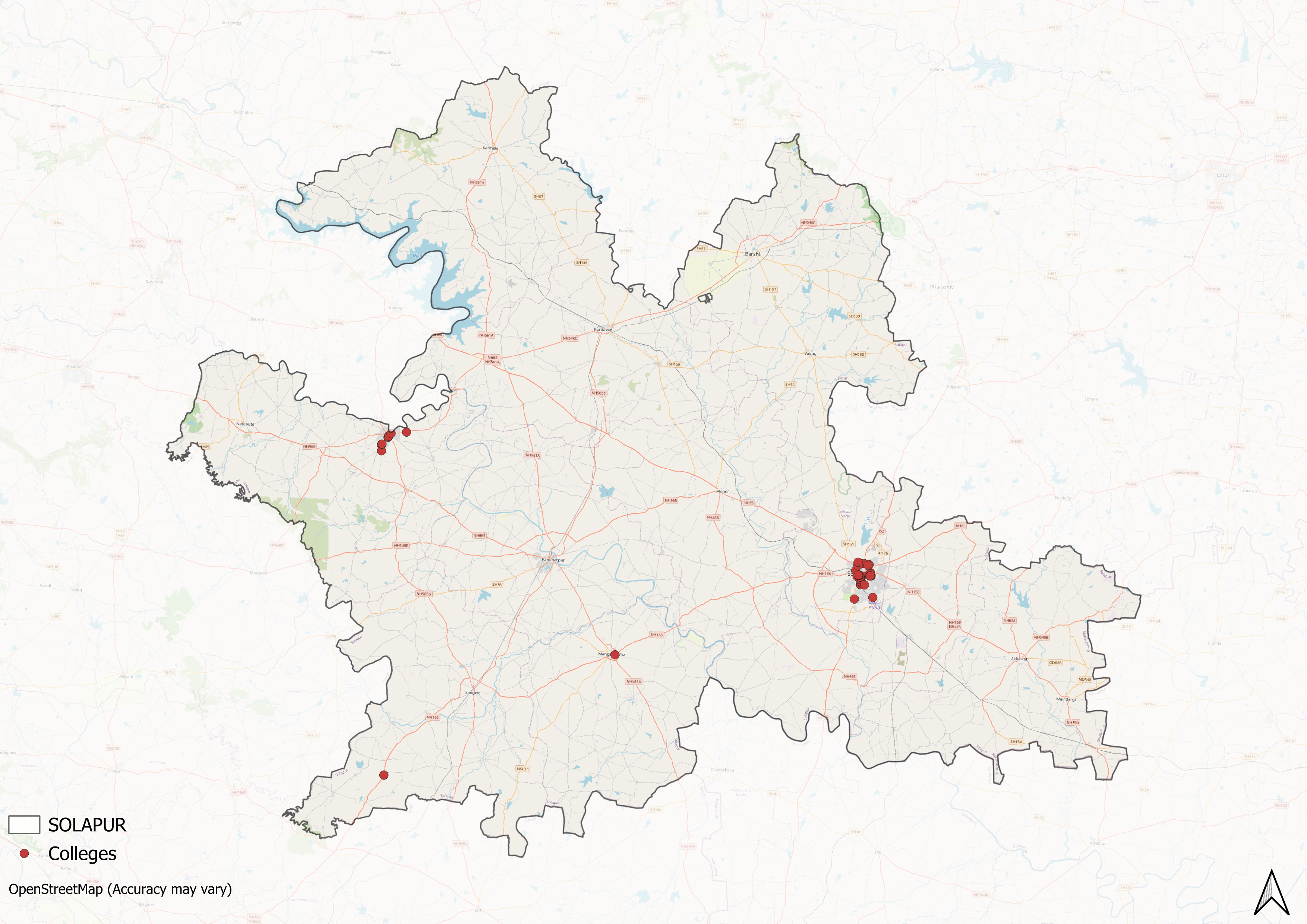
In addition to these institutions, a number of centres for higher education operate throughout the district, which offer programmes across various disciplines. While the landscape of higher education has broadened significantly since independence, disparities in access, particularly along geographic lines, remain evident.
Prominent Figures & Organizations
Solapur Social Association
In 1953, the Solapur Social Association was established by members of the local Muslim community. The association’s goal was to provide access to education in multiple languages, including Hindi, Marathi, Urdu, and English. This multilingual approach helped cater to the diverse population of Solapur, ensuring that children from all backgrounds had access to quality education, regardless of their mother tongue.
NGOs and Community-Based Education Efforts
Education has been a key driver of social reform, particularly in addressing inequality and expanding access to learning. While formal institutions provide structured education, many communities continue to face barriers due to poverty, social stigma, or lack of resources. To address these challenges, various organizations in Solapur have focused on community-based education initiatives, with each working to tackle specific social challenges present in the district.
Snehgram & theAjit Foundation
The Ajit Foundation, based in Solapur, runs educational initiatives for children from marginalized backgrounds. One of its main projects is the Snehgram Democratic School in Korfale, Barshi Taluka. The school was founded in 2015 by Mahesh and Vinaya Nimbalkar, both former government school teachers. With support from Dr. Vikas Baba Amte and Kaustubh Amte, they set up Snehgram as an alternative school for children from migrant communities in the region.
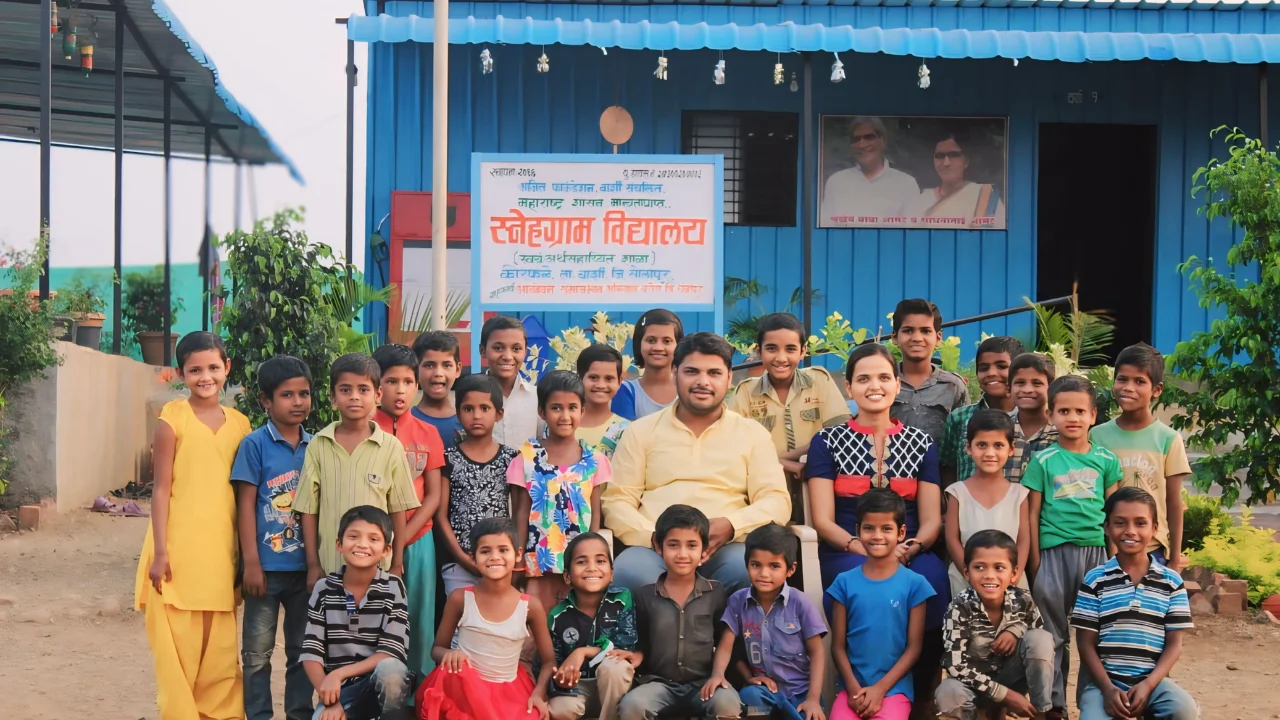
Snehgram was designed to move away from rigid, exam-focused schooling. Instead, it follows a democratic approach that encourages children to learn at their own pace and build confidence through life skills and practical knowledge. The school aims to help children who would otherwise miss out on formal education due to social and economic hardships.
In parallel, the Ajit Foundation also runs other projects, including the STEM Lab on a Bike (SLoB) initiative, launched in 2022.
Graphs
Enrollment and Dropout Rate
Schools
Teachers
Sources
Ajit Foundation. “Education”. The Ajit Foundation.https://theajitfoundation.org/education/
Dr. H. J. George, Dr. S. K. Bhadarge, and Dr. Shaikh Musak Rajjak. 2022. Paper IV: Social, Economic, and Administrative History of the Marathas. University of Mumbaihttps://www.mu.ac.in/wp-content/uploads/2022…
Maharashtra State Gazetteers. 1977. Solapur District Gazetteer. Gazetteer Department, Government of Maharashtra, Mumbai.https://gazetteers.maharashtra.gov.in/cultur…
Snehgram. About.https://snehgram.in/
Sugunam Das. 1962. The status of education in Hyderabad, India in historical perspective. Boston University Theses & Dissertations.https://open.bu.edu/bitstream/handle/2144/17…
Sundeep Khanna. 2022. “The Pioneering Spirit of Seth Walchand Hirachand Doshi.” Moneycontrol.https://www.moneycontrol.com/news/trends/fea…
Last updated on 28 July 2025. Help us improve the information on this page by clicking on suggest edits or writing to us.